What to Expect in a Roadside Inspection
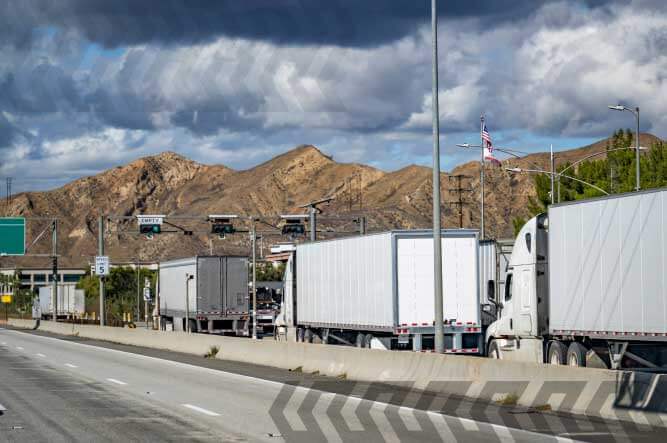
Join Our
Trusted Network
Help protect your business with the load board you can rely on.
Approximately 4 million commercial motor vehicle inspections are conducted every year throughout North America to ensure large trucks driving on our roadways are operating safely and in compliance with FMCSA rules and regulations. Many of these are roadside inspections conducted annually during DOT Blitz week, typically every spring.
The most common violations found in FMCSA roadside inspections include speeding 8 to 10 miles per hour over the speed limit, ELD (electronic logging device) violations, inaccurate or false reporting a driver record of duty status, operating without a valid medical certificate, and lane restriction violations.
- If you’re new to trucking and wondering what to expect in a roadside inspection, now is the time to educate yourself! It will only be a matter of time before you pull up to a weigh station and get flagged for an inspection. It’s helpful to know what it is, why you’re being subjected to it, what you can expect, and how to get through it easily and quickly so you can be on your way.
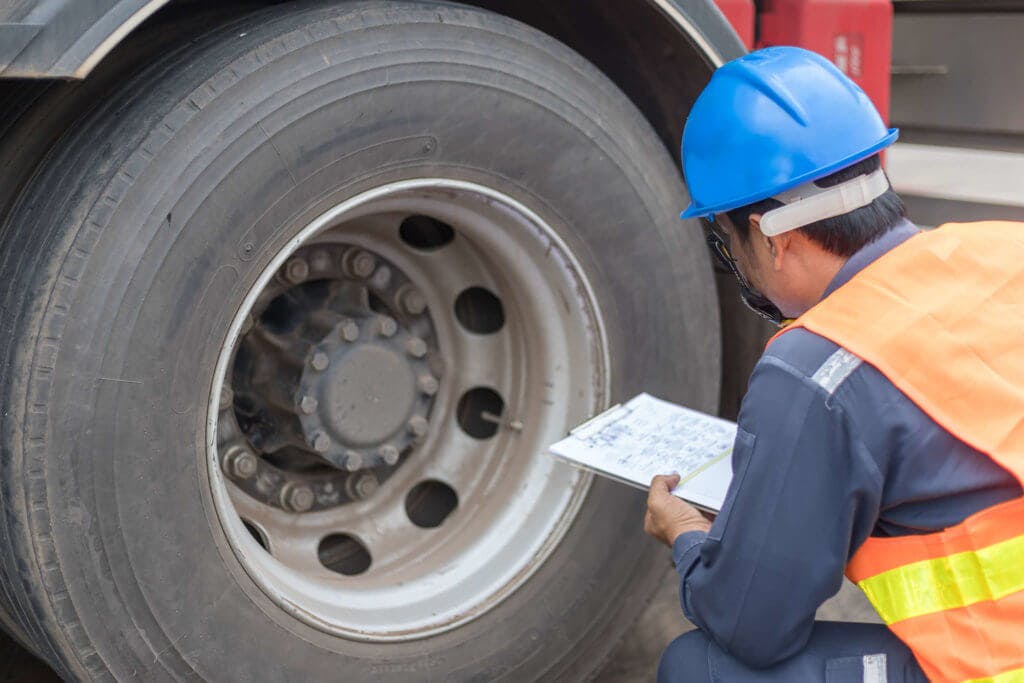
What is a Roadside Inspection?
The FMCSA defines Roadside Inspections as “examinations of commercial motor vehicles (CMVs) and/or drivers by Motor Carrier Safety Assistance Program (MCSAP) Inspectors.” It’s the FMCSA that is tasked with improving the safety of our roadways, and they do that in part by reducing the number of crashes, injuries, and fatalities involving large trucks.
Why are Roadside Inspections conducted?
CMV roadside inspections are performed to help fulfill the FMCSA’s mission by ensuring that large trucks and buses are up to certain regulations, which, in turn helps to keep our roadways safe. Inspections that result in serious violations place drivers and/or vehicles under out-of-service orders. Out-of-service orders must be corrected before the driver and/or vehicle can go back to work.
What happens in a Roadside Inspection?
There are eight different levels of inspection that could be performed on a driver and/or their vehicle that are typically conducted. The Commercial Vehicle Safety Alliance (CVSA) has a helpful comprehensive explanation of each of the inspection levels. Below are general descriptions of each level for a general idea of what to expect and is not meant to be a comprehensive list. For the details of each level, visit the FMCSA or CVSA websites.
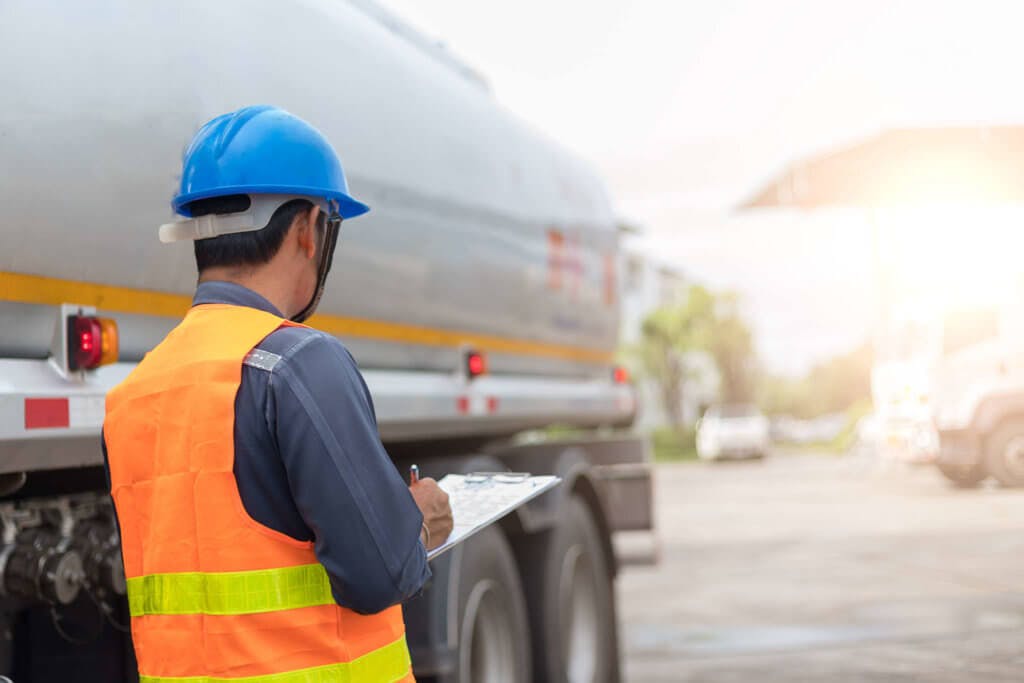
Level I: North American Standard Inspection
Level I is inspection of the vehicle and driver, and tends to be the most comprehensive. The driver inspection includes a review of their commercial driver’s license (CDL), alcohol and drug use, medical examiner’s and skill performance evaluation (SKE) certificates, hours of service (HOS) compliance, record of duty status, seatbelt usage, and vehicle inspection report(s). The vehicle inspection includes:
- Brake, electrical, exhaust, and fuel systems
- Cargo securement
- Coupling devices
- Driveline/driveshaft mechanisms
- Frames
- Hazardous materials compliance
- Lighting devices (headlamps, taillamps, turn signals, etc.)
- Steering mechanisms
- Suspensions
- Tires (including hubs, rims, wheels)
- Van and open-top trailer bodies
- Windshield wipers
Level II: Walk-Around Driver/Vehicle Inspection
A Level II inspection typically includes only what can be examined without physically getting underneath the vehicle. At a minimum, the driver inspection must include a review of their CDL, alcohol and drug use, medical examiner’s and SKE certificates, HOS compliance, record of duty status, seatbelt usage, and vehicle inspection report(s). The vehicle inspection must include:
- Brake, electrical, exhaust, and fuel systems
- Cargo securement
- Coupling devices
- Driveline/driveshaft mechanisms
- Frames
- Hazardous materials compliance
- Lighting devices (headlamps, taillamps, turn signals, etc.)
- Steering mechanisms
- Suspensions
- Tires (including hubs, rims, wheels)
- Van and open-top trailer bodies
- Windshield wipers
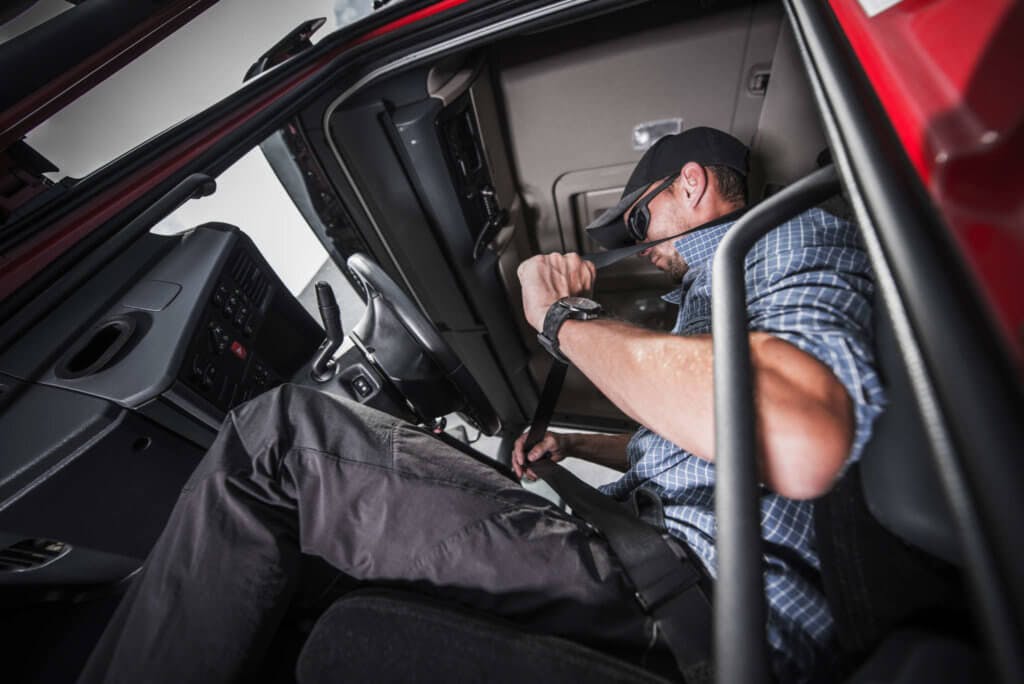
Level III: Driver/Credential/Administration Inspection
A Level III inspection is limited to the driver’s credentials. It includes seatbelt usage, a review of their CDL, medical examiner’s and SKE certificates, HOS compliance, alcohol and drug use, record of duty status, and vehicle inspection reports.
Level IV: Special Inspections
A Level IV inspection would typically include the review of a specific item. These are typically performed in support of a specific study or to confirm or deny a certain trend.
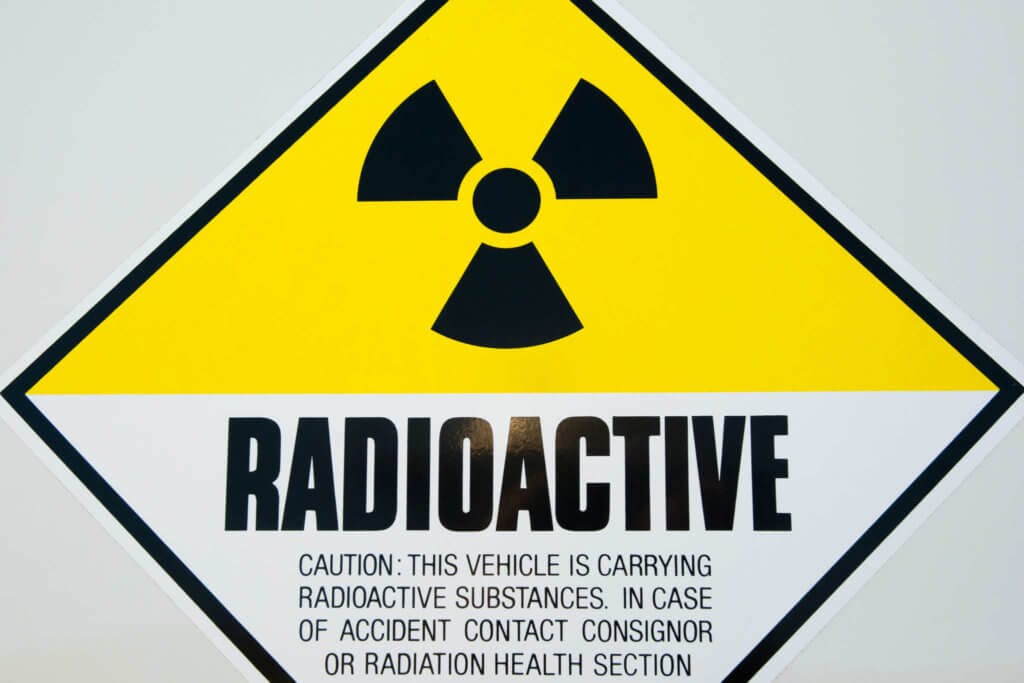
Level V: Vehicle-Only Inspection
A Level V inspection includes all the items in a Level I North American Standard Inspection conducted at any location without needing a driver to be present.
Level VI: North American Standard Inspection for Transuranic Waste and Highway Route Controlled Quantities (HRCQ) of Radioactive Material
A Level VI inspection is the review of select radiological shipments and if the CMV is compliant with regulations surrounding the transport of radioactive materials. The inspection includes enhancements to the North American Standard Level I Inspection, radiological requirements, and the North American Standard Out-of-Service Criteria for Transuranic Waste and Highway Route Controlled Quantities of Radioactive material.
Level VII: Jurisdictional Mandated Commercial Vehicle Inspection
A Level VII inspection doesn’t fit into the requirements of any of the other inspection levels. It includes things like school buses, taxis, courtesy shuttles, limos, etc.
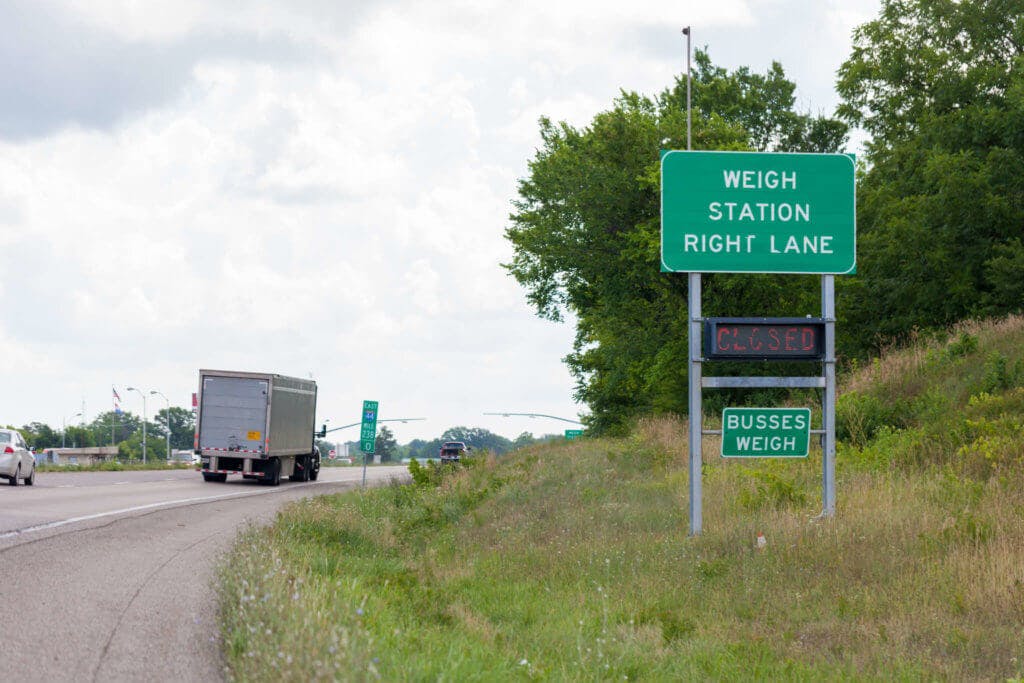
Level VIII: North American Standard Electronic Inspection
A Level VIII inspection is conducted electronically without direct interaction of an inspector while the vehicle is still in motion. The inspection includes:
- CDL with license class and endorsement(s)
- Electronic validation of who is operating the CMV
- Federal out-of-service order
- GPS coordinates – descriptive location
- HOS compliance
- License status
- Medical examiner’s and SPE certificates
- Operating authority
- Power unit registration
- Record of duty status
- Unified Carrier Registration (UCR) compliance
- USDOT number
Now that you know what inspectors are looking for in each level of roadside inspection, check out more of our other blogs to learn more.
Looking for a load board? Talk to one of our reps today to find out how Truckstop can help.
Get helpful content delivered to your inbox.
Sign up today.
Find high-quality loads fast, get higher rates on every haul, and access tools that make your job easier at every turn.






